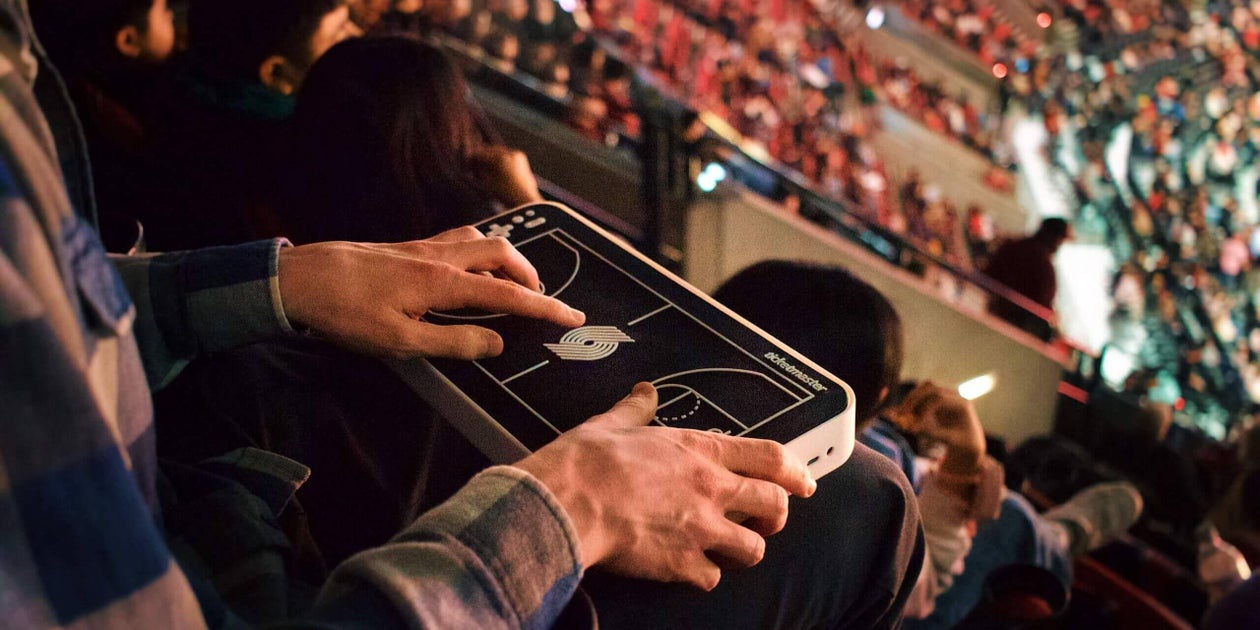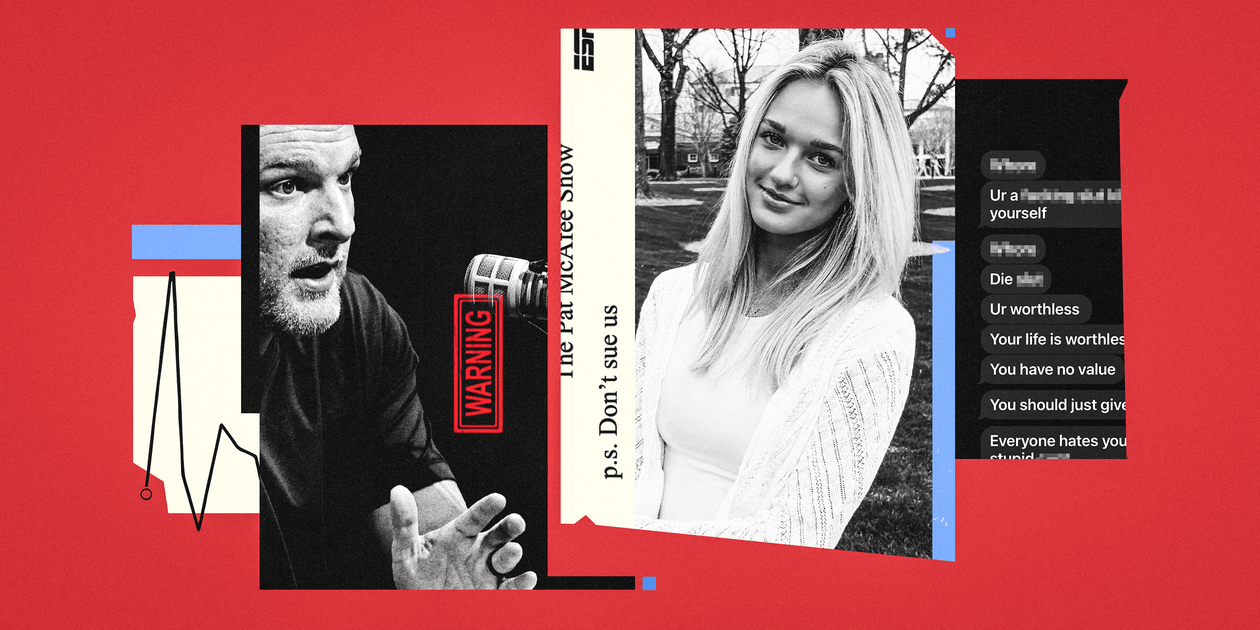Revolutionizing the Fan Experience for Visually Impaired NBA Supporters
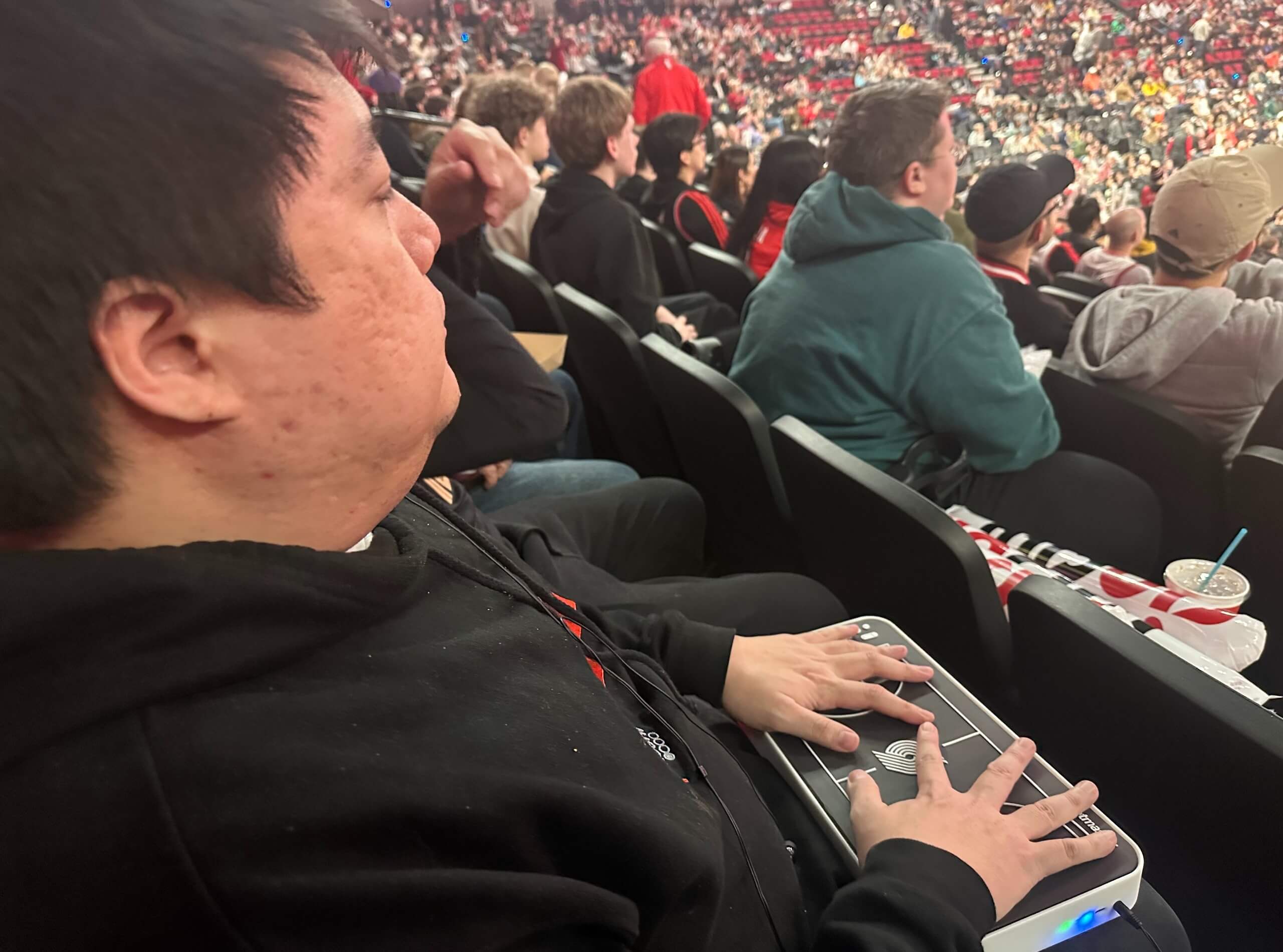
PORTLAND, Ore. — For Brian Vu, a dedicated NBA enthusiast for the past 14 years, attending a Portland Trail Blazers game last week was nothing short of transformative. Not only did his beloved Blazers triumph over the Memphis Grizzlies with a 115-99 victory, but Vu also experienced an unprecedented level of engagement with the game. Despite his low vision, he felt every exhilarating moment unfold during the match, thanks to an innovative technology that allowed him to connect with the action on the court.
Vu, who is 32, utilized a groundbreaking haptic device developed by Seattle-based OneCourt, which enabled him to follow the live game play through tactile feedback. This season, the Trail Blazers became the first NBA team to implement this service for fans after a successful series of pilot tests last spring. Following their lead, teams in Sacramento and Phoenix have also begun to offer these devices at their games.
The device, which resembles a laptop-sized board featuring the outline of a basketball court, allows visually impaired users to sense movements through vibrations. An accompanying earpiece delivers real-time updates on the score and details about specific plays, such as steals, blocks, or three-pointers. OneCourt’s founder, Jerred Mace, describes the technology as akin to a tactile animator, creating the sensation of movement through vibrations instead of visual pixels.
While Vu may not have been able to see Trail Blazers guard Scoot Henderson, his favorite player, maneuvering through the defense for a layup, he could feel the play unfold through the vibrations that traveled beneath his fingers, resting on the device placed on his lap. This experience reshaped his interaction with the game.
“It’s pretty amazing. I feel more independent,” Vu shared. “I usually rely on my friend to explain what’s happening during the game, but now I can interpret the action myself. I no longer feel excluded.”
Vu attended the Blazers versus Grizzlies game alongside his friend James Kim, who had often been the recipient of Vu’s enthusiastic inquiries during previous games. As the Blazers surged ahead in the third quarter, the two friends reacted in unison, cheering when Shaedon Sharpe made a spectacular dunk or when Donovan Clingan executed impressive blocks.
- “Usually, he would ask me, ‘Who shot that? What just happened?’” Kim recalled. “It might not have seemed like a big deal to me, but this is definitely a significant upgrade for him.”
- “Now he can enjoy the game without constantly needing details from me, and I think that’s fantastic.”
Mace’s vision for OneCourt was inspired by his own experiences growing up with parents who had disabilities. At the University of Washington, he encountered a video of a blind individual engaging with a soccer game, where a woman guided the person’s hands across a board to simulate the action. This moment sparked the idea for OneCourt.
After presenting his concept at the University of Washington’s 2022 Science and Technology Showcase, where it won first place and a $2,000 prize, Mace expanded on the idea to create a device that could be used in various sports. The breakthrough came when the NBA equipped all its arenas with optical tracking technology capable of capturing real-time player and ball movements, paving the way for Mace’s vision to become a reality.
After reaching out to the Trail Blazers, Mace was introduced to the NBA, which recognized the potential of his idea. “We’ve been thrilled to collaborate with Jerred and the OneCourt team to leverage technology to enhance the experience for visually impaired fans attending NBA games,” said Jason Bieber, the NBA’s vice president of new business ventures. “We’re particularly excited to have OneCourt as part of the NBA Launchpad, where we can continue to explore new opportunities in this area.”
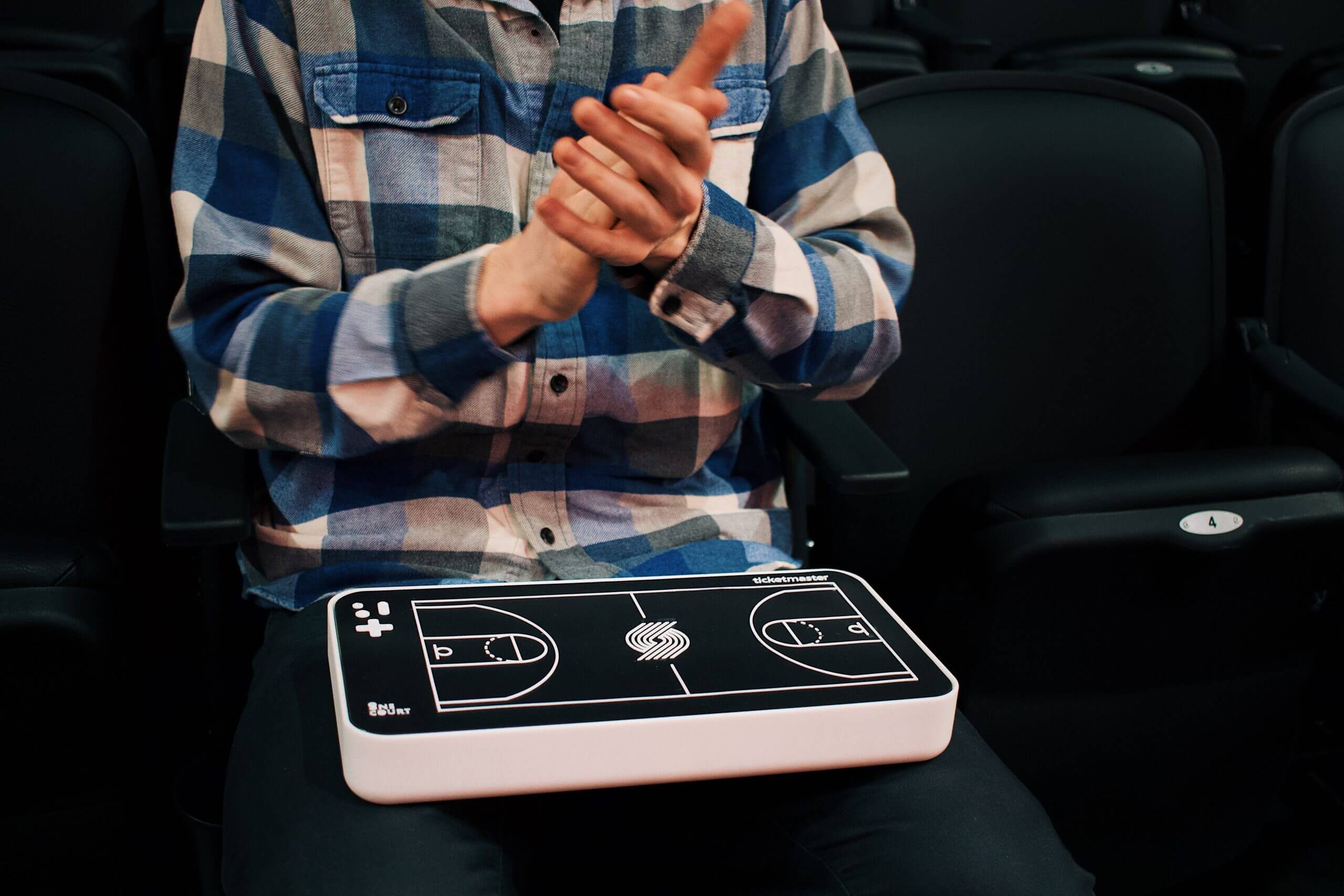
Vu and Kim experienced the game from their seats in the end zone, fully immersed in the action. Although Vu couldn’t clap without losing track of the vibrations, he was animated, joining the crowd’s chants of “DE-FENSE! DE-FENSE!”
“When there was a steal, I could feel the vibrations quickly moving to the other side of the court, and I got really excited,” Vu explained. “I understood exactly why the crowd was cheering. Before this, I often felt lost.”
Vu estimated he used to attend only one Blazers game a year. While he enjoyed the atmosphere and sounds, he often felt disconnected. Now, he believes his experience has completely transformed.
“It’s a whole new world for me,” Vu said with enthusiasm. “I feel like I can enjoy the best of both worlds.”
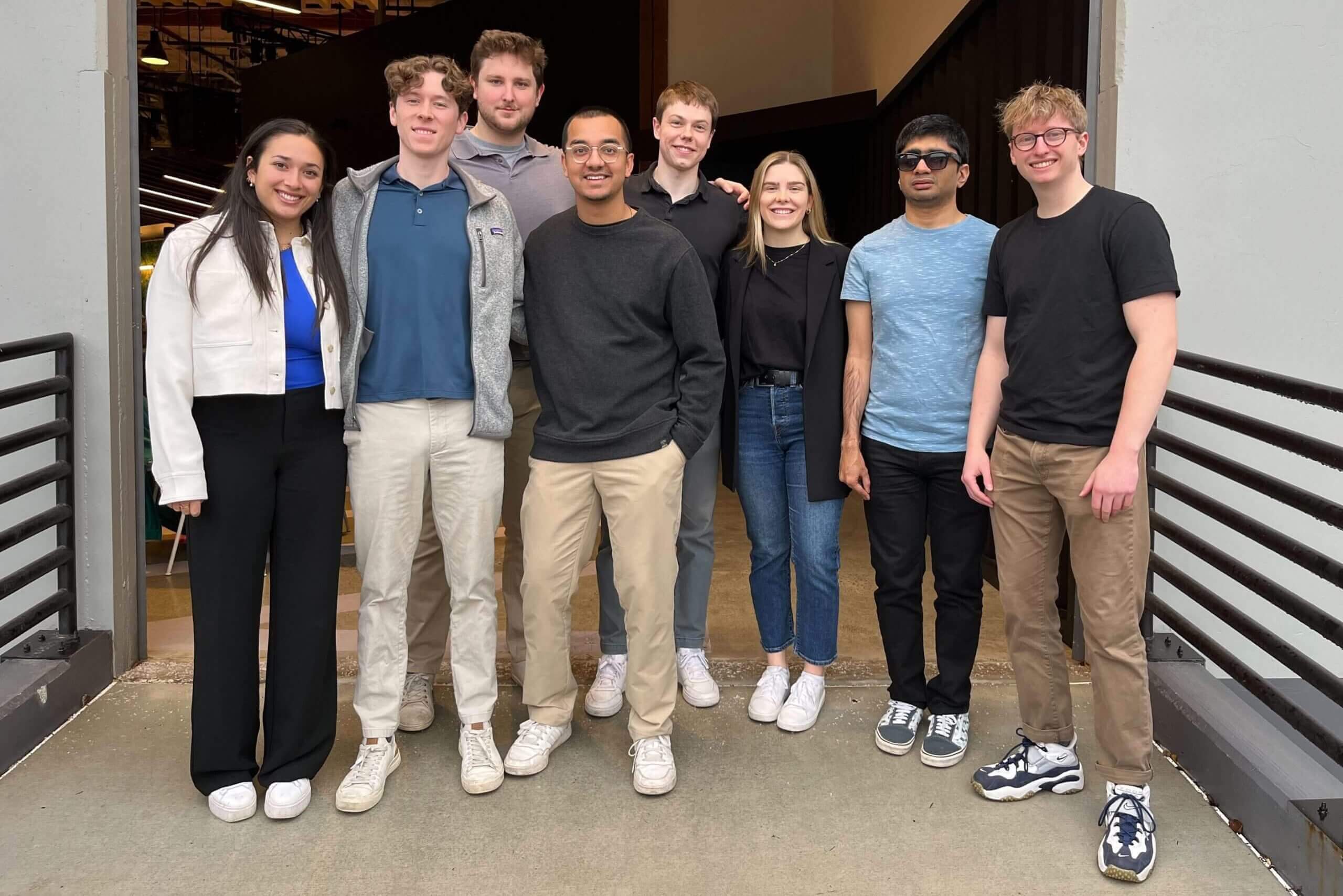
Kim watched his friend, smiling as he noticed Vu’s fingers gliding over the device, his feet tapping rhythmically with excitement. “He’s really engaged with the game,” Kim remarked, watching Vu become fully absorbed in the experience.
According to Matthew Gardner, the Blazers’ senior director of customer insights, several other NBA teams have reached out for feedback following the launch of the device. He noted that nearly every home game has seen at least one device checked out, emphasizing the importance of this technology in enhancing the fan experience.
“Being a fan should be an inclusive experience for everyone,” Gardner asserted. “This device opens up a new world for our fans who are blind or have low vision. It’s been rewarding to see the joy on the faces of those who have used it so far.”
Mace and his team, consisting of eight employees, are preparing for the increasing demand as more teams express interest in the service. Both Portland and Sacramento have five devices available for reservation, while Phoenix has ten. Fans can access the devices at no cost, thanks to sponsorship from Ticketmaster, an NBA partner.
“Some may think, ‘This device impacts just a handful of people in the stadium,’” Mace said. “However, the ripple effects are tremendous. The circle of attendees expands as friends and family can now share the experience together.”
Vu found the device user-friendly after a brief tutorial, but he hopes future updates will include specific details, such as identifying which player has the ball and who is shooting. Looking ahead, Vu is excited about the prospect of attending more games.
“Oh, absolutely,” Vu exclaimed. “Instead of just one game a year, I could see myself going to five. It’s simply a much richer experience.”
(Top photo courtesy of Portland Trail Blazers)
